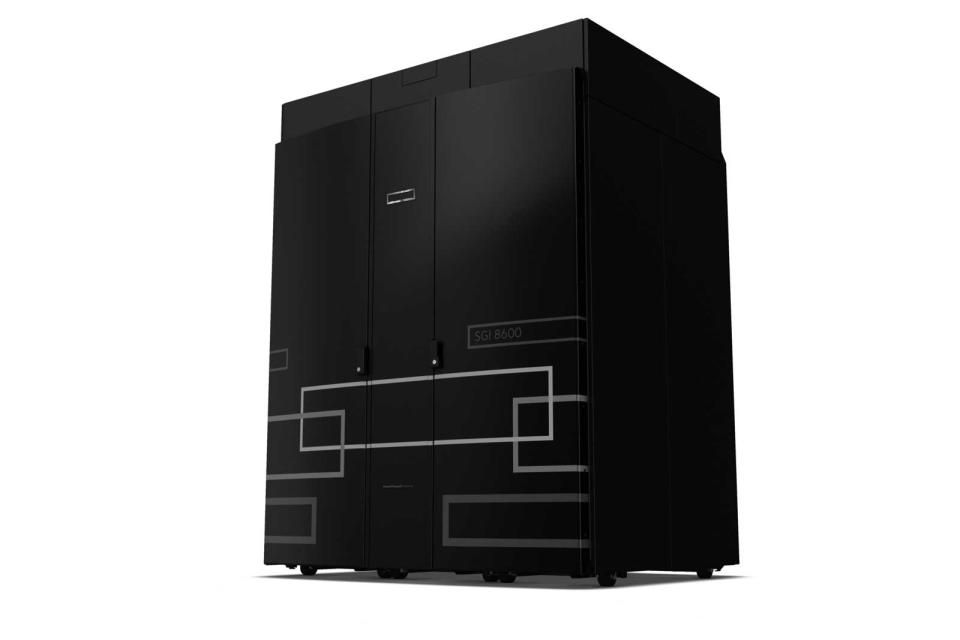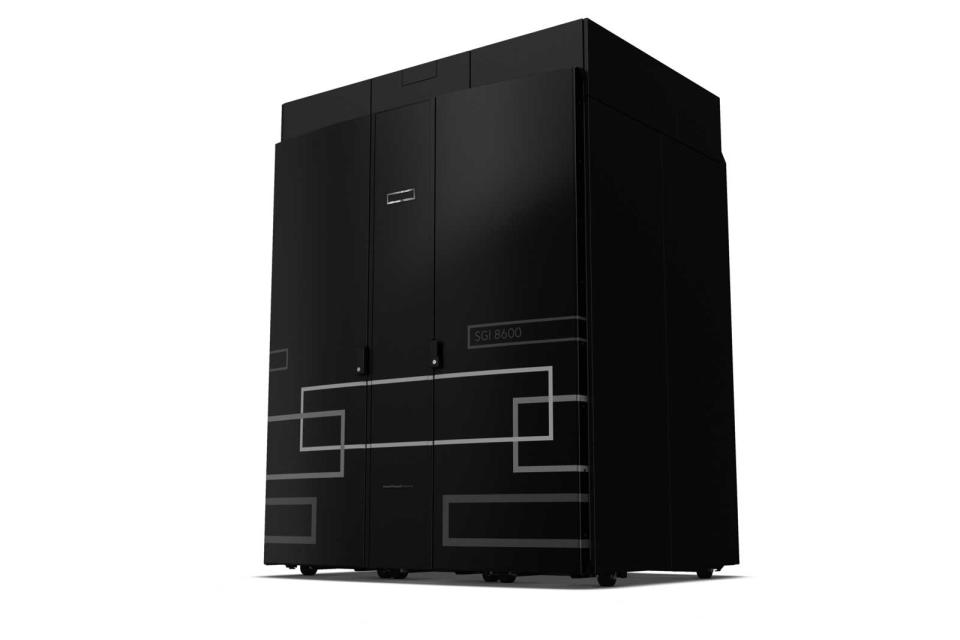HPE supercomputer will help simulate mammalian brains
Blue Brain 5 could lead to new treatments for diseases.
Scientists are about to get a serious assist in their quest to simulate brains. HPE has deployed Blue Brain 5, a supercomputer dedicated to simulations and reconstructions of mammalian brains as part of the École Polytechnique Fédérale de Lausanne's Blue Brain Project. The system is based on HPE's existing SGI 8600 (above) and packs a hefty 372 compute nodes between its Xeon Gold, Xeon Phi and Tesla V100 processors, not to mention a whopping 94TB of memory. More importantly, it's flexible -- Blue Brain 5 has four configurations to prioritize different computing tasks, and it can host subsystems geared toward relevant tasks (including deep learning and visualization) while operating as a cohesive whole.
This kind of power is necessary, even if simulating a complete brain is still a long ways off. Blue Brain co-director Felix Schürmann noted that modelling a single brain region can require solving 100 billion simultaneous equations -- Blue Brain 5's highly parallel 1.06 petaflops can theoretically handle that quickly.
The system has been installed at the Swiss National Supercomputing Centre in Lugano, although it'll be a while before you see the results of what it can do. It could easily prove crucial, though. EPFL hopes the supercomputer will help fulfill the school's goal of modelling entire regions of a mouse's brain by 2020. The data it generates should advance humanity's understanding of the brain and may lead to new disease treatments that weren't even plausible before.


